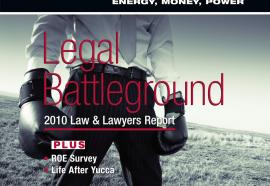Pay by Text
SMS offers an alternative to paper billing. Smart Meters Driving Adoption Customer Engagement Supporting the Payment Process Learning from Europe
Text messaging promises benefits in customer service and bill-payment efficiencies. Utilities have been slow to take up the opportunities, but successes in other industries and among European utilities is opening the door to SMS transactions for American power companies.











